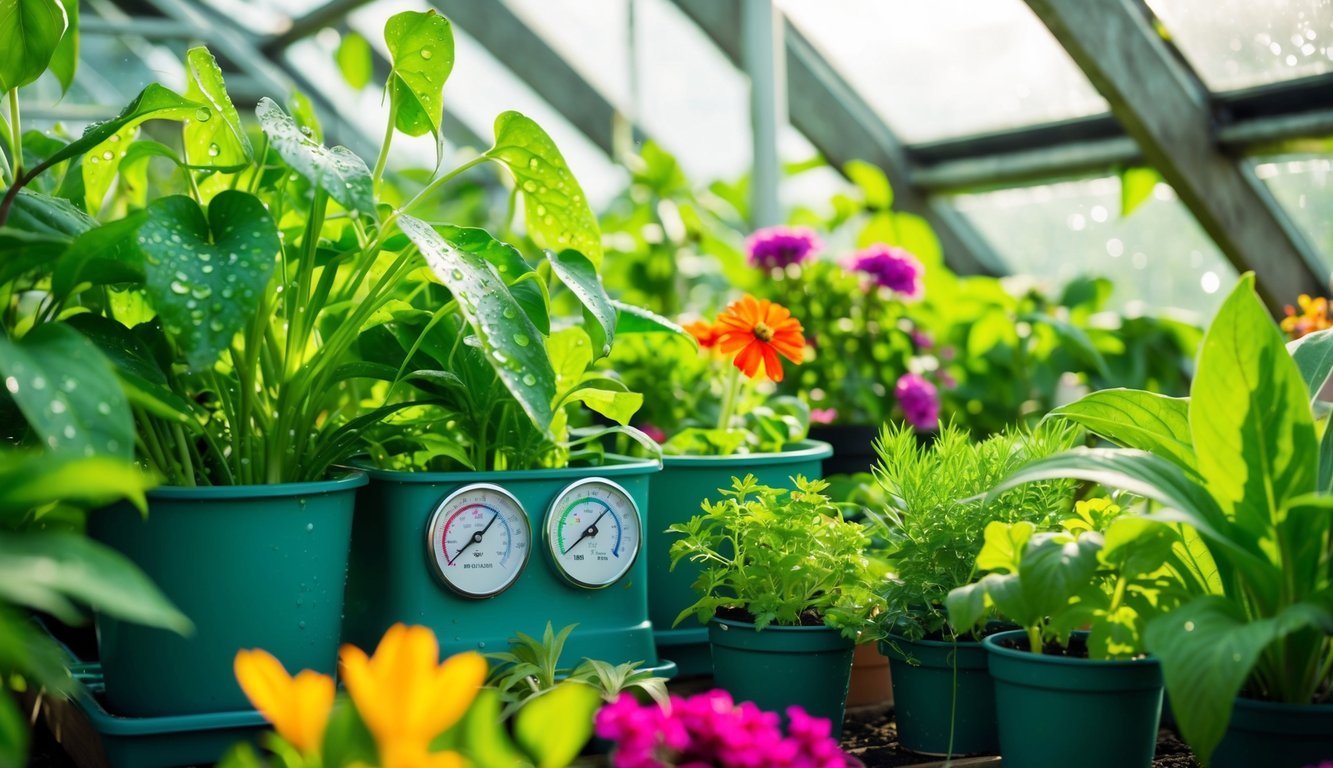
Diving into the world of greenhouse cultivation opens up exciting possibilities alongside a few unique hurdles.
Join farmer Briana Yablonski as she reveals crucial techniques to enhance your greenhouse journey.
Picture this: a well-organized greenhouse overflowing with vibrant plants and colorful flower beds greeting you at the entrance.
Many gardening enthusiasts dream of their own greenhouse sanctuary.
Whether you’re looking to move your seed-starting projects from a cramped indoor space to a generous outdoor setup or hoping to nurture citrus trees in a climate-controlled environment, the charm of a greenhouse is hard to resist.
Understanding Greenhouse Structures
While a greenhouse can be an exciting addition for both novice and skilled gardeners, it comes with its fair share of challenges and a learning curve that may seem daunting at first.
To ensure that your plants thrive this year, mastering the nuances of greenhouse management is key.
Here are vital tips surrounding environmental control, plant selection, and maximizing your growing space.
A greenhouse is primarily a fixed structure built with a durable metal frame and fitted with glass or sturdy plastic panels.
Most of these structures are designed to stand for years on a solid foundation.
While heating and automated ventilation systems are not essential, many greenhouses incorporate these features for improved climate control.
In contrast, high tunnels and hoop houses are flexible, semi-permanent structures that can be easily moved.
They consist of large metal arches covered with ultraviolet (UV) protective plastic.
While some may provide heating and ventilation options, many do not.
Cold frames offer a compact solution for extending the growing season and can vary in shape, often covering individual garden beds.
Define Your Greenhouse Goals
Before making an investment in a greenhouse, take a moment to define your objectives.
Are you planning to use it for starting seeds, maintaining your delicate lemon trees during the cold months, or perhaps to get a head start on your tomato crops? Pinpointing your primary use will help you choose the right greenhouse style and design.
Managing humidity is crucial in greenhouse environments due to their enclosed nature.
Aim to maintain moderate to low humidity levels through the use of vents and fans.
This will create an ideal atmosphere for your plants to thrive.
Greenhouse plants can face different pest pressures than those grown outside, thanks to their isolated conditions.
Make it a habit to regularly check for any signs of creepy crawlers or diseases lurking within your greenhouse.
While it might be appealing to let warm days offset cooler nights, it’s essential to keep temperature fluctuations in check.
Consistency in day and night temperatures is vital for the health of your plants.
Best Practices for Healthy Plants
Selecting the right plant varieties is crucial for greenhouse success.
Breeders have developed specific plants that flourish in these environments, so prioritize those that show resilience against common greenhouse ailments.
To minimize the risk of fungal diseases, be mindful of watering practices.
Water your potted plants at the base rather than from above, which helps reduce foliage wetness and prevents soil from splashing onto the leaves.
It’s easy to think you’ll remember every detail about your growing journey, but key specifics can easily slip your mind.
Start a journal to log planting dates, temperature changes, pest occurrences, and other valuable information.
This record will help refine your greenhouse management strategies over time.
By applying these strategies, you can turn your greenhouse into a flourishing haven for all kinds of plants.
Embrace the journey, and enjoy the unique rewards that come with greenhouse gardening!
Source: Epicgardening

